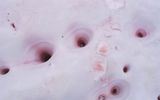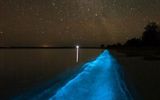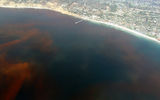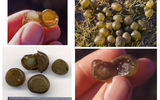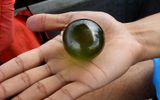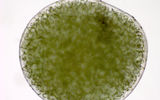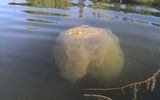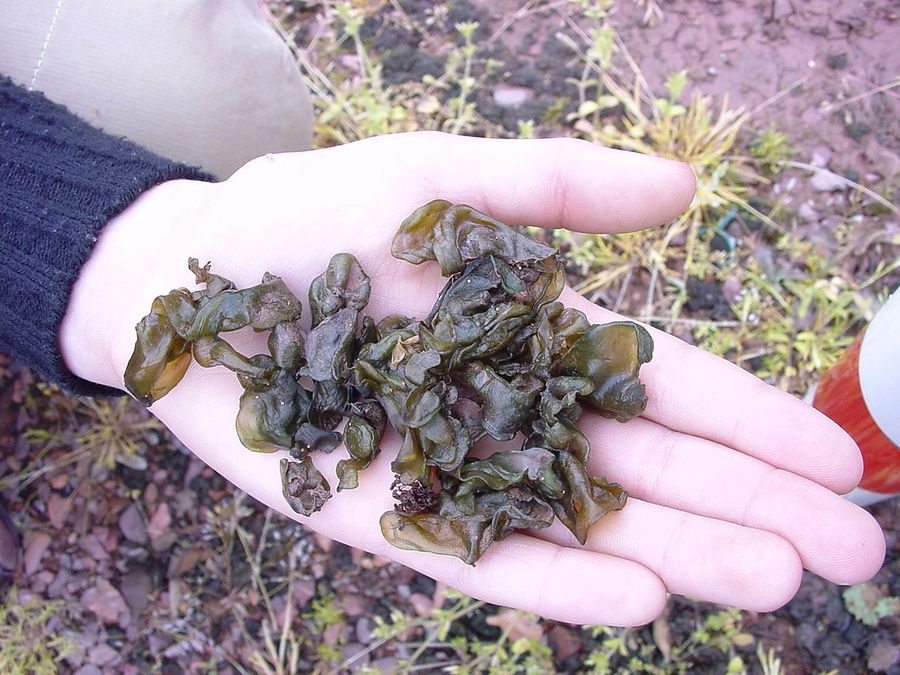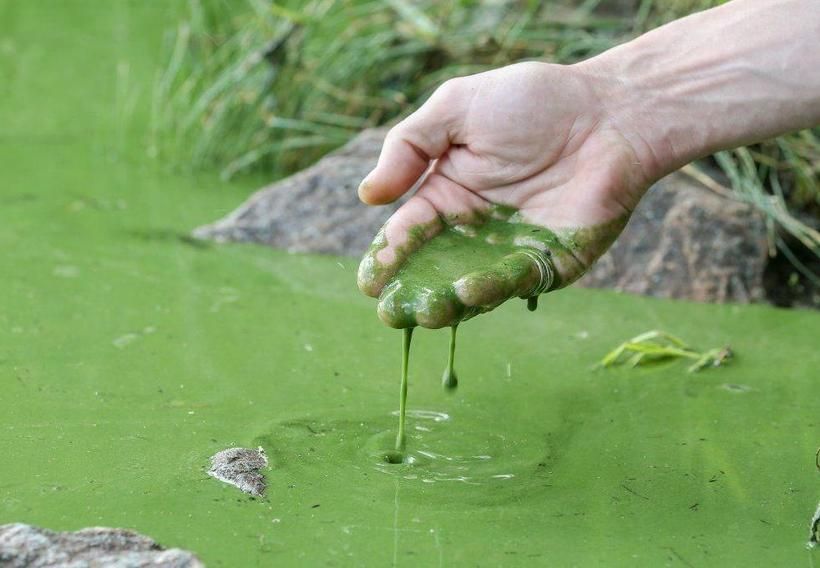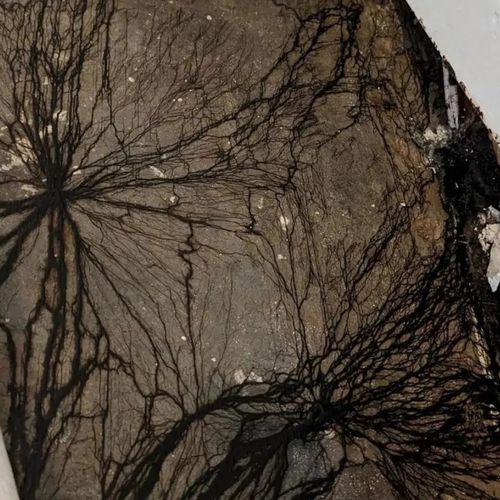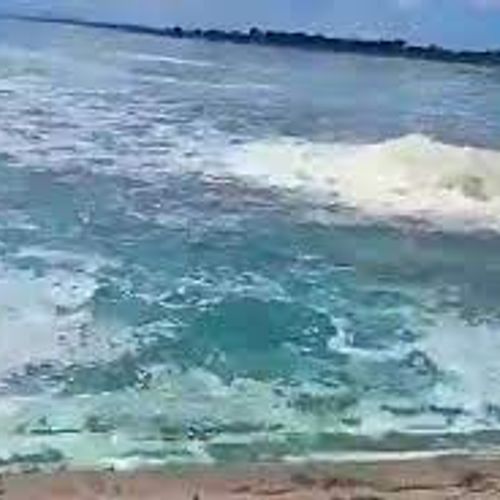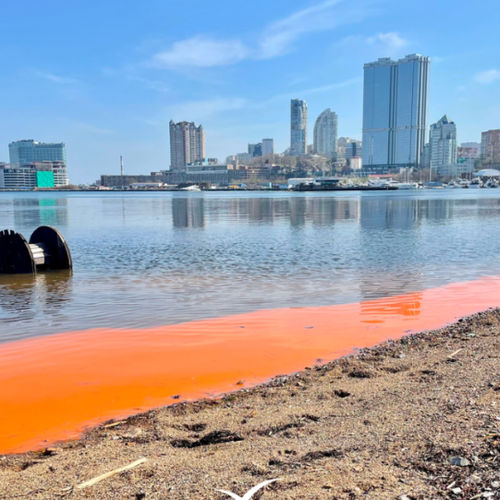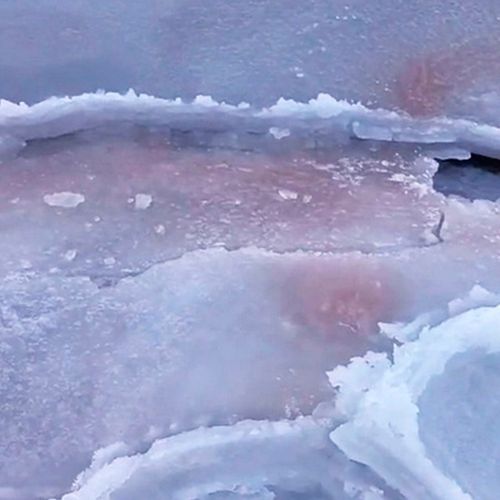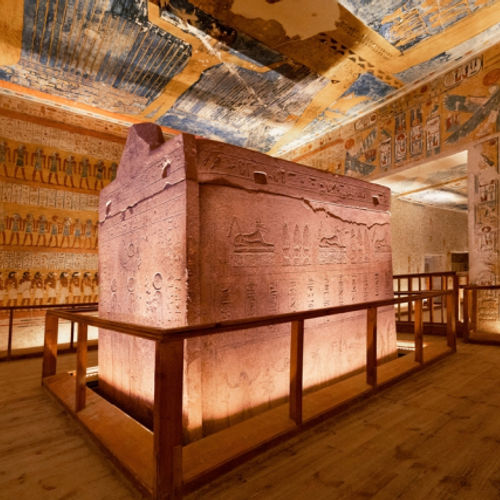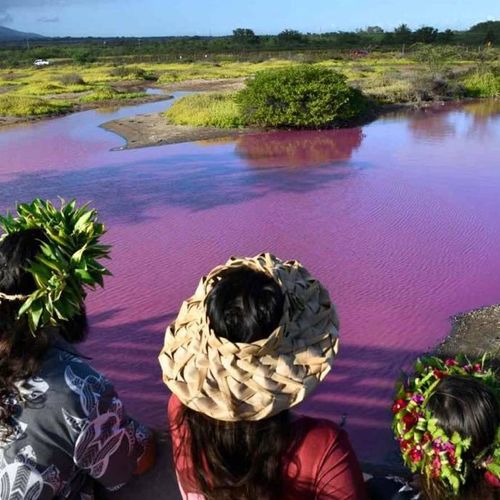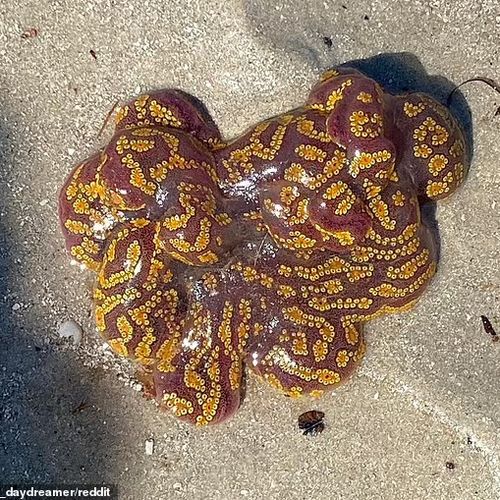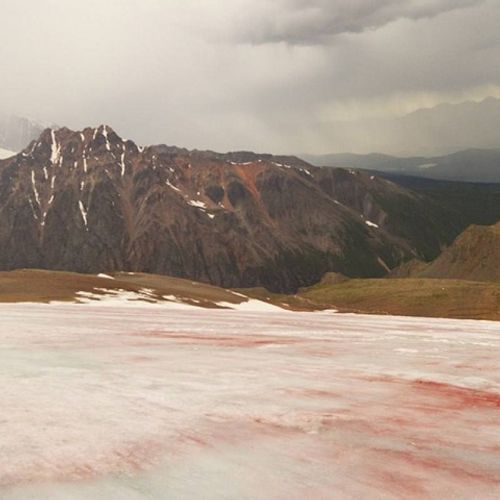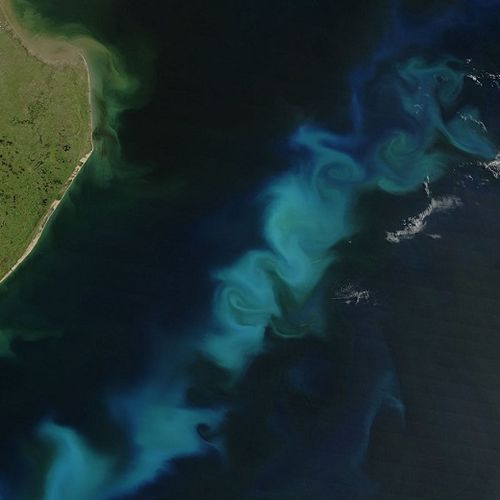
| Added | Tue, 11/10/2016 |
| Sources | |
| Феномены | |
| Version type |
Most of the microbes produces a white or grayish - white colony, but there are types of microbes that are capable of releasing dyes or pigments of different colors and shades (red, orange, green, yellow, blue, purple).
The ability to produce pigments inherent in different organisms and in any case does not indicate a kindred closeness. Painted can be fungi and yeast, bacteria and actinomycetes, pathogens and saprophytes.
Some microbes secrete the pigment out, paint Wednesday, but remains colorless; in other microbes it permeates the shell; the third is accumulated in the cells.
Painted germs notoriety received a completely harmless kind – the so-called miraculous wandthat develops on starchy food and secretes a red pigment. The emergence of such bacteria on bread, especially in Church communion bread, superstitious people interpreted as calling for secret crimes.
Chlamydomonas nivalis (snow Chlamydomonas) is a unicellular freshwater green Alga with a red pigment (carotenoid) astaxanthin (in addition to the green pigment chlorophyll) that causes unusual coloration is snow red or pink. Except it still has more than 350 species of these algae. When released into the atmosphere by evaporation of water, they color the snow in shades of black, brown or yellow.
For example, in 1819, in the house of the Italian peasant, Picarello in Legnaro, near Padua, in foodstuffs there was “blood.”
Finding such a “miracle,” the frightened farmer appealed to the local priest. The Minister of the Church he knew no more dark peasant and limited to those that said a prayer. Needless to say, the “bloody spot” that has not disappeared, but has appeared in other houses. Among the population panic, and who knows what would have ended if the doctor Sette did not disclose the secret of this wonderful phenomenon. Knowing that coloring products is associated with the development of germs, it nemerenno infected products in the house of the priest, which then also appeared on “blood stains”. In the understanding of the peasants of such “pious” house could not have relations with the magic, and that it's due to something the earth, and they calmed down. In 1848, the originator of these troubles was studied by Christian Ehrenberg and named bacterium prodigiosum.
Some representatives of microorganisms (for example, nochesvetka) capable of luminescence. Their accumulation on the surface of the water at night is able to create a glow of varying intensity (some witnesses claim that the light can be so bright that you can identify the letters in the book). Luminous spots can be of different sizes and shapes. While swimming among these microorganisms, people, disturbing them, forced to emit light quite strongly and he looks covered "fire." The glow of danger for a person is not responsible.
In the daytime the massive outbreak in their numbers give rise to "red tides" - extensive patches on the surface of the water, the color of which varies from green to brown and red.
Cyanobacteria or blue-green algae, or lanei is a Department of a large gram-negative bacteria, capable of photosynthesis, accompanied by evolution of oxygen. They can color the waters green. Interesting also individual members. For example, Nostok (Nostoc sp.). Colony Nostok liveonthego are spherical or ellipsoidal, sometimes flattened, form. Their diameter varies from 1 to 8 cm They have a gelatinous-jelly-like structure, thinner on the inside and leathery outside. The color of the colonies — gray-green. Can be mistaken for "alien eggs" and similar artifacts.
Translated by «Yandex.Translator»
Related facts
Related news
Log in or register to post comments
